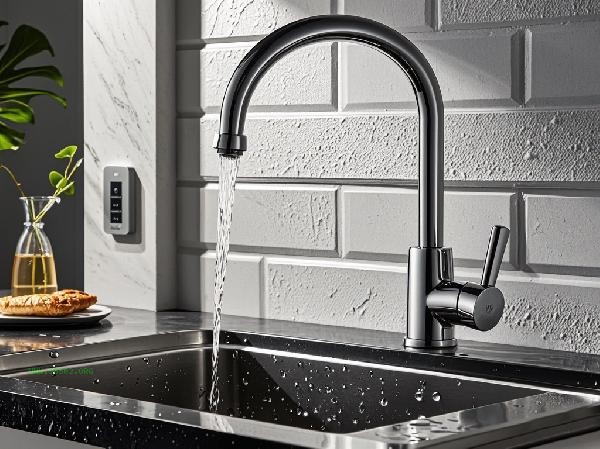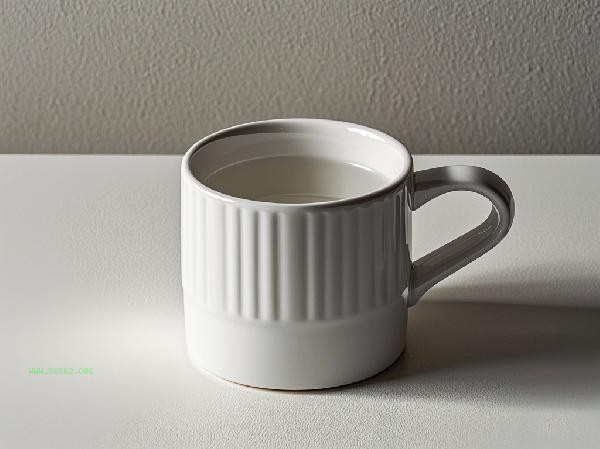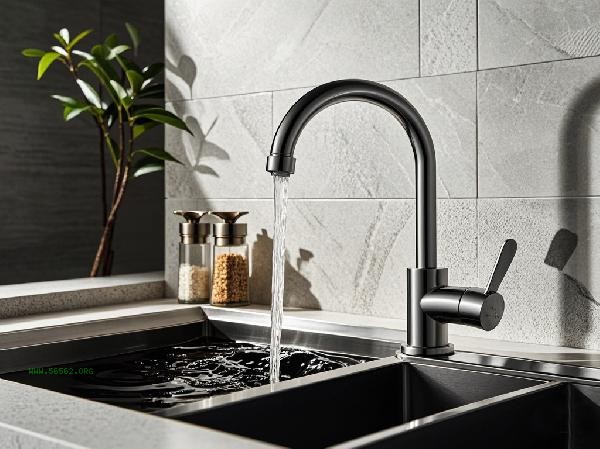Boiling noodles can be done with tap water or drinking water, but the drinking water outlet feels better and is safer. Tap water may contain residual chlorine or impurities, and drinking water is purer after filtration. If tap water is used to cook noodles, the hard water quality in some areas may result in a harder texture of the noodles, and incomplete volatilization of residual chlorine during the boiling process may affect the flavor. Tap water needs to be boiled thoroughly to kill microorganisms, but it cannot remove soluble substances such as heavy metals. Low economic cost and convenient access are its main advantages, suitable for fast cooking in daily life.

Choosing to drink boiled noodles can avoid residual chlorine flavor, resulting in a fresher and smoother taste, especially suitable for people who are sensitive to water quality. Bottled drinking water has a stable mineral content, but the long-term use cost is relatively high. It should be noted that some purified water lacks minerals, which may affect the absorption of trace nutrients in noodles. For infants and young children or those with low immunity, it is recommended to prioritize safety. No matter which water source is chosen, the boiling time should exceed 3 minutes to ensure the sterilization effect. When cooking noodles, a small amount of salt can be added to enhance the texture, and supercooling after cooking can reduce surface gelatinization. It is recommended to make flexible choices based on the actual water quality and personal health needs, and prioritize ensuring water safety while emphasizing diversified diets.










Comments (0)
Leave a Comment
No comments yet
Be the first to share your thoughts!